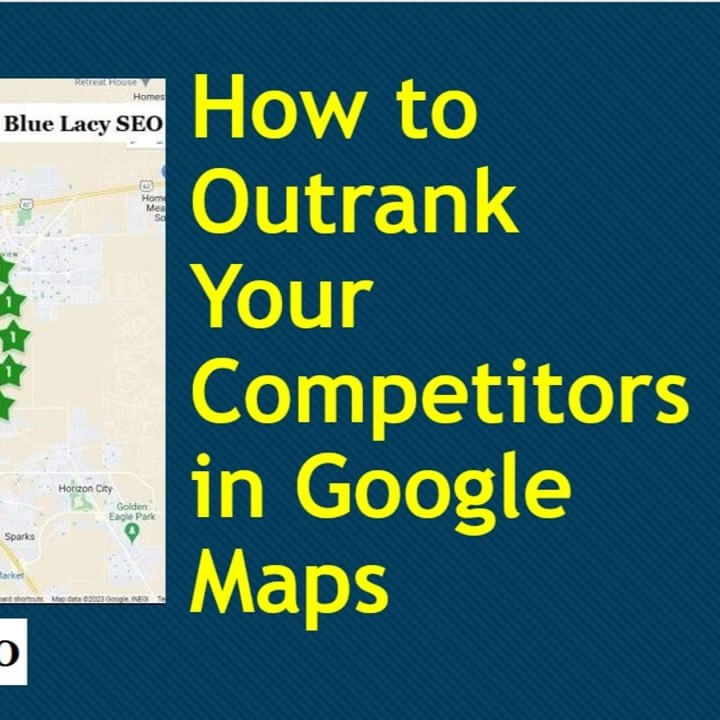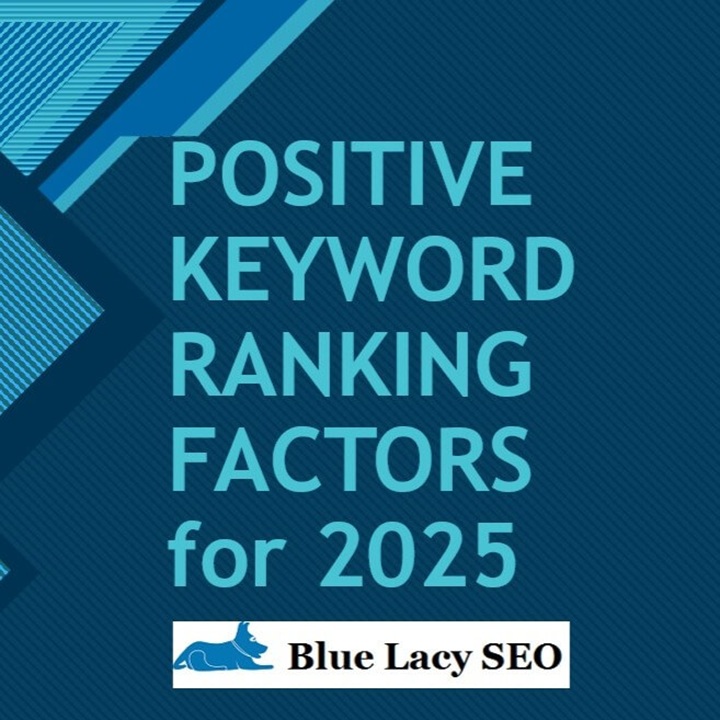Let’s talk about the single most important page on your website, the homepage. Most people are going to see your homepage first, so it’s important to design this page correctly.
I’m going to share with you my top 12 design tips for your homepage.
1. Navigation Section
First, your logo needs to be sized correctly, not too big and not too tiny. A logo should not be too complicated. A simple design works best.
Next, your menu should be simple with no more than two words; single words are better such as: About, Services, Contact, Blog, etc. There is no need to have menu items to say: About Our Company or Our Tremendous Services.
Next is having a hamburger menu on desktop computers. Don’t do it. That is reserved for mobile devices. A desktop or laptop computer has plenty of room to show the entire menu at the top. No side menus either. People expect to see navigation to your other pages horizontally at the top.
You need to have contact information in your header or on top of your header. This can be in the form of a big red button that says Contact Us, or something similar. It has been shown in testing that having a red colored button attracts more attention that other colors. You should also have your phone number at the top.
2. Main Headline
This is also called an H1, or header 1. This text has a large font size and is the first piece of text a visitor reads. The words that are contained in this headline are very important. It needs to convey what your website is about to your visitors and search engines.
I can’t count how many times I have seen client websites say, “Welcome to X Company” for their main headline. Many clients want to use only their business name in the headline. This is not what you want. For a local business you want to use your main keyword plus your city in your headline. For example, “Best Plumber in El Paso” or “Sod Installation St. Louis.” It’s really simple, but many business owners get this wrong.
3. Hero Image
This is a large image under your header, usually with your H1 overlayed on top. You want a nice, clear photo or image depicting what you do. If you do sod installation you want to see a nice green lawn. If you are a lawyer you want to see a picture related to attorneys and maybe some law books. If you have a martial arts school, people expect to see a martial artist. Don’t overthink this. If you don’t have a good photo of your business activities use photo website such as Pexels, Pixabay, or Unsplash. These, and others, are good sources of free stock photos.
4. CTA Buttons
A website needs to have a clear call-to-action throughout your homepage. When you introduce a topic, service, or product, include a CTA. This could be a link to your contact page, phone number, a landing page with an offer, or another page that explains the topic further.
5. Colors
Your color palette should compliment your logo or business type. Colors can either make or break your design and it can be a key factor in how a visitor perceives your brand. It can impact how long they stay on your website and whether they buy from you. It is generally accepted that you should use three to five colors that compliment each other. The website Coolors have a cool color scheme generator to help you out.
6. Showcase Your Products or Services
Have a section on your homepage where you showcase some of your best services or products with a heading, a small amount of text, and a link for more information to a page on your site.
7. Photos That Mean Something
It’s OK to use some stock photos on your site, but sometimes showing what you do best is done with real photos. For example, if you are a landscaper you want to show off your best landscaping pictures. Maybe even before and after photos. Having a portfolio could make a difference in selling your services.
8. Trust Badges
Show what other companies and websites are saying about your business and your website. Trust badges instill trust for potential customers by seeing your Better Business Bureau logo, best in class badge, or other awards your company may have received.
9. Reviews and Testimonials
Including reviews and testimonials on your homepage will help sell your products and services much more than you just saying you do great work. It leads others to believe that you are trustworthy, believable, and credible.
10. FAQ
Having a frequently asked question section on your homepage does two things. First, answering the most frequent questions that people ask about your products and services gives you a leg up on the competition because many of your competitors don’t have FAQs on their sites. Second, FAQs sets you up as being an authority on your subject matter, and it improves your SEO by including some keywords you are trying to rank.
11. Contact Information
Make it easy for visitors to contact you. Yes, you should have a separate contact page on your site, but also include your contact information, especially your phone number, on the homepage. You should already have some of your contact information in or above the header, but also include it in the footer: name, address, and phone number. You can also embed a Google map at the bottom of your homepage or in the footer.
12. Content
I actually saved the best and most important part of your website last, so you will remember it. Your homepage content, the words on your page, is very important to users and search engines. If you are not a good writer hire a good content writer to convey your message with just the right amount of keywords sprinkled inside.
Avoid thin content. What this means is content that offers little or no value to your visitor. With thin content visitors won’t hang around your website and leave. We call that bounce rate and you just lost a customer. See what your competitor websites are writing and how much. Don’t copy them, just do it better than they are.
Conclusion
If you need help with your web design or SEO reach out to Blue Lacy SEO.


